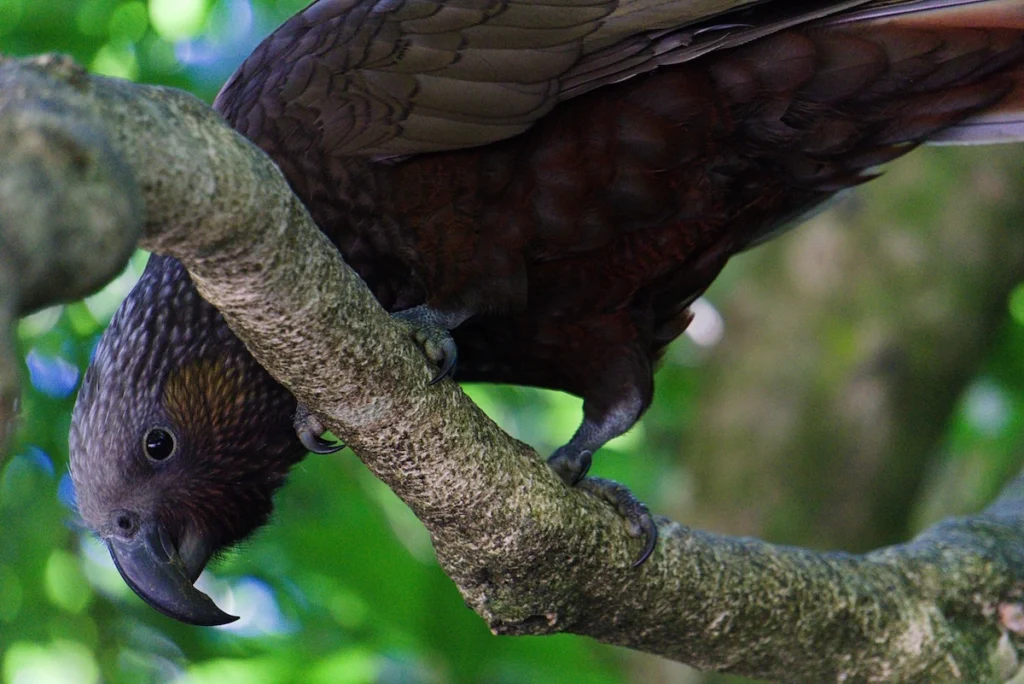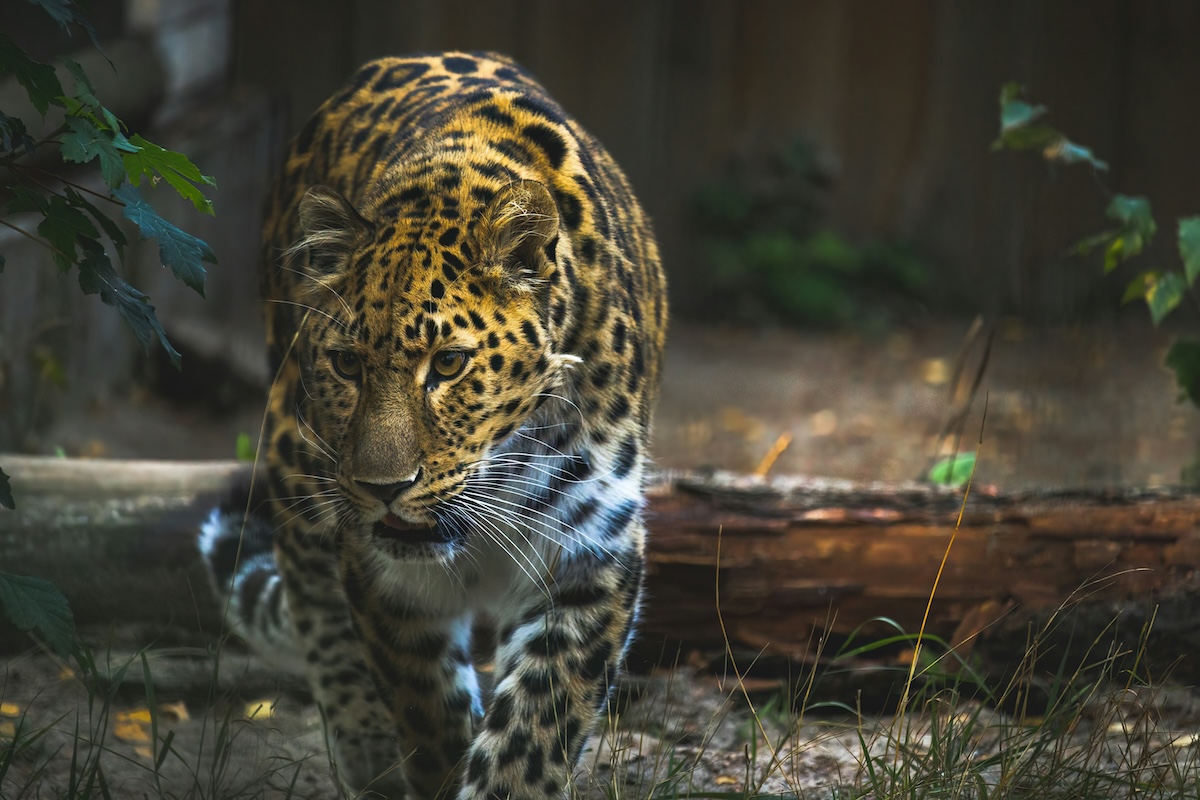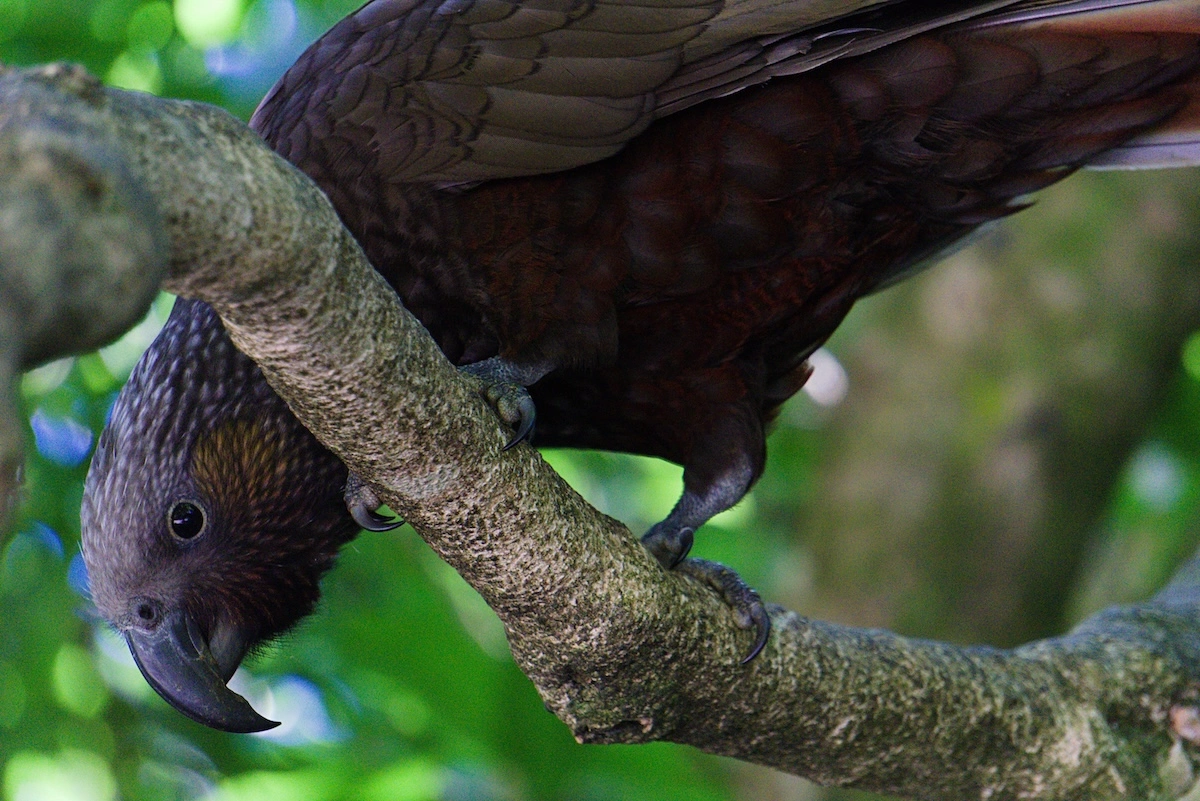
Zoos are no longer just places where people go to marvel at exotic animals. They have transformed into powerful hubs for wildlife conservation and preservation. Around the world, zoos are now collaborating to tackle the challenges that threaten our planet’s biodiversity. Through global partnerships, they unite efforts and share knowledge, working tirelessly to protect endangered species and restore natural habitats. This collaboration fosters hope and underscores humanity’s commitment to safeguarding our planet’s precious wildlife.
The Role of Zoos in Wildlife Protection
In the face of rising threats to natural habitats and wildlife, zoos have evolved to become beacons of hope for the conservation movement. They serve as vital institutions in the grand mission to protect our planet’s fauna. With unique access to a diverse array of species, zoos stand as guardians of diversity, working tirelessly to preserve flora and fauna for future generations.
Conservation Efforts and Breeding Programs
One of the most crucial roles that zoos play in wildlife protection is their concerted conservation efforts. Across the globe, these institutions are engaged in breeding programs that ensure the survival of endangered species. Here’s how they make a difference:
– Strategic Breeding: Through carefully planned breeding programs, zoos provide a safety net for threatened species. For example, the successful breeding of the giant panda, once critically endangered, stands as a testament to the effectiveness of these programs.
– Genetic Diversity: Zoos maintain a genetic repository of wildlife, ensuring that even if species face extinction in the wild, genetic diversity is preserved in captivity. This is achieved through meticulously managed breeding selections.
– Reintroduction Initiatives: Some zoos have successfully reintroduced captive-bred animals back into their natural habitats. The Arabian oryx and the California condor are prime examples of species that have been given a second chance at survival due, in part, to these programs.
Education and Awareness Initiatives
Zoos also play a pivotal role in raising awareness about environmental issues and inspiring action. They engage the public and foster a deep-seated respect for wildlife conservation through various educational initiatives.
– Interactive Experiences: Through interactive exhibits and educational tours, zoos offer visitors an up-close experience with the wonders of wildlife, fostering empathy and understanding.
– Workshops and Guest Lectures: Many zoos hold workshops and guest lectures that emphasize the importance of conservation, providing attendees with valuable knowledge on how they can contribute to wildlife protection efforts.
– School Programs: By collaborating with schools, zoos bring the magic of wildlife into the classroom, nurturing a new generation of conservationists who understand the value of our natural world.
Key Ways Zoos Collaborate Internationally
The mission to protect wildlife extends beyond borders, requiring coordination and collaboration on a global scale. Zoos have embraced this challenge, forming international partnerships and alliances that transcend geographical barriers. Together, they create a network of collective power for the preservation of wildlife.
Participation in Global Networks and Initiatives
Zoos actively participate in global networks and initiatives that aim to streamline conservation efforts worldwide. These networks serve as platforms for collaboration, innovation, and shared goals:
– World Association of Zoos and Aquariums (WAZA): Many zoos are members of WAZA, which provides a global voice for the zoo and aquarium community. This organization fosters international cooperation, conservation policies, and sustainable practices.
– International Zoo Yearbook: This publication allows zoos to share success stories and research findings, contributing to a collective pool of knowledge that transcends national borders.
Exchange of Expertise and Resources
In the collaborative spirit, zoos around the world engage in the exchange of expertise and resources, recognizing that no institution can succeed alone in the fight against extinction:
– Staff and Expert Exchange: By exchanging zookeepers, veterinarians, and researchers, zoos gain access to new techniques and knowledge, enhancing their conservation strategies.
– Sharing of Resources: Facilities, equipment, and sometimes even animals are shared among institutions, allowing resources to be utilized where they are most needed.
Collaborative Research Projects
Research is the cornerstone of effective conservation efforts, and zoos lead the charge in conducting innovative studies that inform wildlife protection strategies:
– Genetic Research: Collaborative research efforts often focus on understanding the genetic makeup of endangered species, ensuring that breeding programs maintain healthy and genetically varied populations.
– Behavioral Studies: Zoos partner in cross-institutional behavioral studies to better understand the needs of animals in both captivity and the wild, which informs care practices and reintroduction strategies.
– Habitat and Ecosystem Research: Working together, zoos contribute to understanding how ecosystems function and how species interact within them, providing critical data for conservation planning.
Through these collaborations, zoos ignited a worldwide movement dedicated not just to keeping animals alive, but to thriving ecosystems where wildlife flourishes. As beacons of hope and centers of action, zoos exemplify the extraordinary potential of global cooperation. It is through their united efforts that we find inspiration, courage, and the means to preserve the magnificent diversity of life on Earth for future generations.
Successful Case Studies of Global Zoo Partnerships
In the world of wildlife conservation, the collective efforts of zoos across the globe serve as a beacon of hope. These institutions have joined forces to tackle some of the most pressing challenges in protecting the world’s biodiversity. Let’s delve into some notable examples of successful global zoo partnerships that have made a significant impact.
Reintroduction of Endangered Species
One of the most remarkable contributions of global zoo collaborations is the reintroduction of endangered species into their natural habitats. Take, for instance, the Arabian Oryx, which was once on the brink of extinction. Zoos from the United States, Europe, and the Middle East came together to develop a breeding program aimed at restoring this majestic creature to the deserts of Arabia. By pooling resources, sharing genetic material, and coordinating release efforts, these zoos not only saved a species but also inspired similar projects around the world.
– Mexican Grey Wolves: Zoos in North America have worked tirelessly for years to reestablish populations of the Mexican grey wolf. Their collaborative efforts have helped increase the numbers of these vital predators in the wild, allowing them to once again play essential roles in maintaining the health of their ecosystems.
Habitat Restoration Projects
Zoos are also pioneering change through habitat restoration projects, partnering with conservation organizations and local communities to restore ecosystems that are home to endangered species. One noteworthy example is the work being done in Madagascar. Zoos from various continents have joined forces to address the deforestation crisis threatening the unique biodiversity of this island nation.
– Through collaborative efforts, zoos have helped fund and mobilize reforestation initiatives, which include planting native trees and educating local communities about sustainable land-use practices.
– These projects not only offer a second chance for endangered species like the ring-tailed lemur but also create long-term employment opportunities for local people, weaving conservation into the fabric of everyday life.
Cross-continental Animal Exchanges
Another fascinating facet of global zoo partnerships involves the exchange of animals across continents. This strategy doesn’t just enhance breeding programs; it also enriches genetic diversity and strengthens entire species.
– Giant Pandas: Perhaps one of the most famous examples of animal exchange is the global effort to save the giant panda. Zoos in China have partnered with their counterparts in the United States, Canada, and Europe to host pandas, create engaging educational programs, and conduct valuable research. These partnerships have played a critical role in shifting the giant panda’s status from “endangered” to “vulnerable.”
– African Elephants: Zoos in Asia, Europe, and North America have collaborated to craft an intricate network that supports the genetic health of captive African elephant populations. By exchanging elephants with proper care and conditions, these zoos contribute to the overall well-being and sustainability of their numbers.
Challenges and Opportunities in Global Zoo Collaborations
While zoo partnerships have demonstrated incredible achievements, they also encounter a myriad of challenges. However, within these challenges lie unique opportunities for growth, innovation, and global impact.
Overcoming Legal and Geographic Barriers
One major hurdle in global zoo collaborations involves navigating the complex web of legal and geographic barriers that can impede the movement of animals across borders.
– CITES Regulations: The Convention on International Trade in Endangered Species of Wild Fauna and Flora (CITES) is a multilateral treaty that ensures cross-border exchanges of wildlife do not threaten their survival. While necessary for protection, these regulations can often complicate the timely and efficient transfer of animals for breeding or conservation programs.
– Geopolitical Tensions: Occasionally, political situations between countries can stifle cooperation. However, zoos have demonstrated resilience by leveraging backchannel diplomacy and emphasizing the universal nature of conservation to bridge such divides.
Leveraging Technology and Innovations
Amidst these challenges, zoos are seizing the opportunity to harness technology and innovation to enhance their collaborative efforts.
– Digital Platforms: Zoos utilize digital platforms to maintain constant communication, share research data, and coordinate conservation efforts globally. These online hubs facilitate information flow and allow real-time problem-solving among institutions regardless of geographical boundaries.
– Biotechnological Advancements: The advent of genetic engineering and bioinformatics offers new solutions for maintaining species diversity. For example, zoos are exploring genome sequencing technologies to enhance the understanding of species genetics, potentially leading to more effective breeding strategies.
– Virtual Reality (VR) and Augmented Reality (AR): Zoos are also embracing VR and AR to bring conservation stories to life for a wider audience. These technologies make learning more immersive and engaging, inspiring people worldwide to become passionate advocates for wildlife protection.
Global zoo collaborations have their ups and downs, but their dedication to wildlife preservation shows what’s possible when we work together. Zoos worldwide are paving the way for a future where wildlife not only survives but thrives, thanks to cooperation, innovation, and a hopeful spirit.
The Future of Global Collaboration in Zoos and Wildlife Conservation
As we look to the future, the global collaboration between zoos holds immense promise for wildlife conservation. It is a testament to what humanity can achieve when we unite with a common purpose: to protect and preserve the diversity of life on our planet. With the continued exchange of knowledge, resources, and innovative expertise, zoos have the potential to safeguard countless species on the brink of extinction.
– Innovation: Advances in technology and science offer new ways to support conservation efforts.
– Education: Raising awareness among future generations ensures ongoing support for wildlife preservation.
– Community Engagement: Empowering local communities to participate plays a crucial role in sustainable conservation.
In the end, the heart of these efforts lies in our shared responsibility. By strengthening global zoo partnerships, we can inspire a brighter, more sustainable future for all wildlife. Together, we stand as guardians of our planet’s incredible biodiversity, ensuring that future generations inherit a world just as rich and wondrous as the one we know today.



